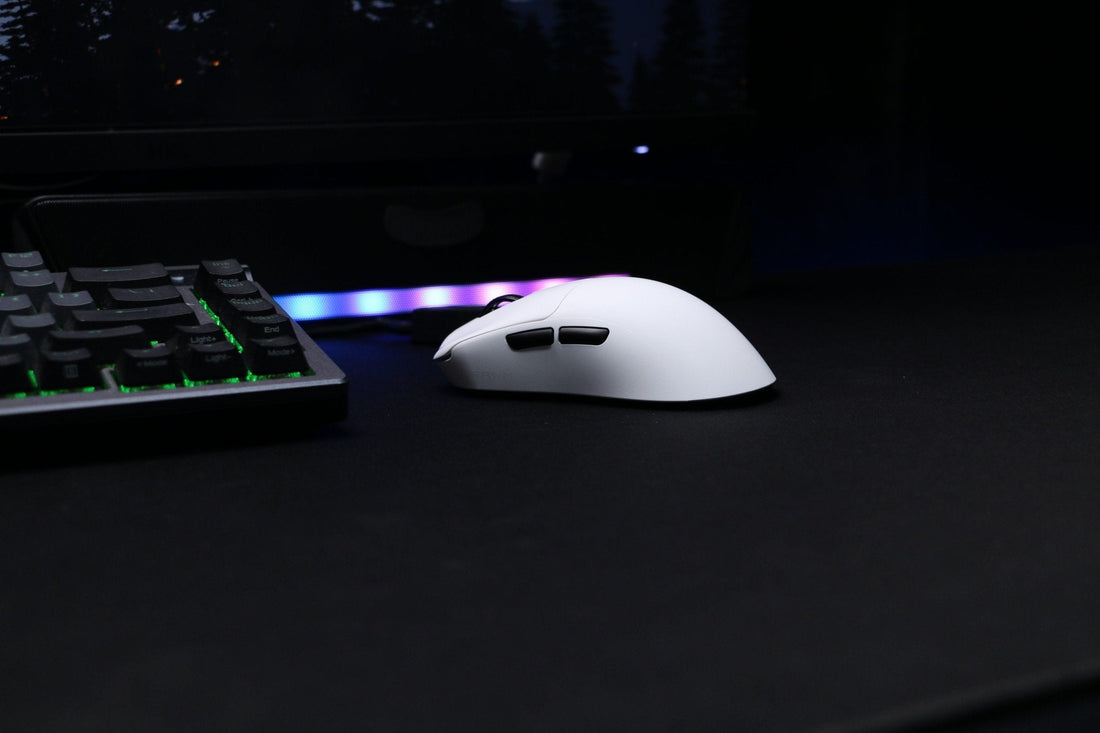
What’s Inside Your Computer Mouse? A Comprehensive Breakdown of Its Components
- 1. The Main Components of a Computer Mouse
- 2. The Scroll Wheel: Navigating with Ease
- 3. The Circuit Board: The Brain of the Mouse
- 4. The Cable and Wireless Technology: How the Mouse Communicates
- 5. The Ergonomics: Comfort and Design
- 6. How the Mouse Works with Your Computer
- 7. What’s Inside Your Computer Mouse
Understanding Your Computer Mouse
When you think about a computer mouse, you probably imagine its sleek design, buttons, and smooth movement across your mousepad. But have you ever wondered what’s inside that small device that makes it function so smoothly? Whether you’re a gamer, a designer, or someone who spends hours on the computer, understanding the internal components of your computer mouse can help you appreciate its functionality even more.
Let's explore the key components that make up your computer mouse, how they work together to provide precision and control, and why these components matter for your daily computing or gaming needs.
1. The Main Components of a Computer Mouse
1.1 The Sensor: The Heart of the Mouse
The most critical part of any computer mouse is the sensor. It’s responsible for tracking movement on the mousepad and translating those movements into commands on your screen. There are two primary types of sensors used in computer mice:
Optical Sensors:
-
How They Work: Optical sensors use an LED light to illuminate the surface under the mouse. The sensor detects the reflection of the light as it moves, tracking the surface’s texture.
-
Advantages: Optical sensors offer great accuracy and work well on most surfaces, including fabric and smooth desk surfaces.
Laser Sensors:
-
How They Work: Laser sensors use infrared light, which allows them to track more detailed surface textures with higher precision.
-
Advantages: Laser mice can be used on almost any surface, including glass, and offer higher DPI (dots per inch) sensitivity, making them ideal for gamers or people who need precision in design work.
1.2 The Buttons and Switches: Control at Your Fingertips
The buttons on your computer mouse are what allow you to perform basic functions like clicking, right-clicking, and scrolling. Inside each button, there are mechanical switches that detect when the button is pressed.
Mechanical Switches:
-
How They Work: When you press a button, the switch closes the circuit, sending a signal to your computer.
-
Advantages: Mechanical switches are durable and offer tactile feedback, making them great for gamers who require quick, responsive clicks.
Optical Switches:
-
How They Work: Some gaming mice use optical switches that send a signal when light passes through a sensor, providing faster and more accurate clicks.
-
Advantages: Optical switches have no physical components that wear out, offering a longer lifespan compared to traditional switches.
2. The Scroll Wheel: Navigating with Ease
The scroll wheel is one of the most essential features of a computer mouse, especially for tasks that involve navigating long documents or web pages. It’s a simple, yet highly effective, component of the mouse.
How It Works:
-
Inside the scroll wheel is a rotary encoder that detects the rotation of the wheel. As you scroll, the encoder sends signals to the computer to scroll up or down, depending on the direction of the wheel.
The Benefits:
-
The scroll wheel allows for faster navigation compared to using the keyboard or trackpad, especially for web browsing, reading, or even editing documents.
3. The Circuit Board: The Brain of the Mouse
Inside your computer mouse is a small circuit board that connects all of the components together. The circuit board processes the signals from the sensor, buttons, and scroll wheel, and communicates with your computer to ensure your commands are executed.
How It Works:
-
The circuit board contains various microchips and connections that facilitate communication between the components and your computer. It’s responsible for interpreting the signals from the sensor and buttons, as well as managing the mouse’s power consumption.
4. The Cable and Wireless Technology: How the Mouse Communicates
4.1 Wired vs. Wireless Mice
There are two primary types of computer mice: wired and wireless. Both rely on different methods to communicate with your computer.
Wired Mice:
-
How They Work: Wired mice use a physical USB cable to send signals to the computer. This provides a direct connection, resulting in a faster and more reliable performance.
-
Advantages: Wired mice are known for their stable connection and are typically preferred by gamers who require low latency.
Wireless Mice:
-
How They Work: Wireless mice communicate with the computer via Bluetooth or a USB receiver. These mice use radio frequency signals to transmit data to the computer.
-
Advantages: The lack of a cable offers more flexibility and a cleaner setup, making wireless mice ideal for those who need portability.
5. The Ergonomics: Comfort and Design
The ergonomics of a computer mouse refer to its shape, size, and comfort level. These factors can greatly impact your experience, especially if you spend long hours using the mouse.
Ergonomic Mice:
-
How They Work: Ergonomic mice are designed to fit comfortably in the hand, reducing strain on the wrist and fingers. Many ergonomic designs feature a vertical grip or contoured shape to promote a more natural hand position.
Why Ergonomics Matter:
-
Using an ergonomically designed mouse can help reduce carpal tunnel syndrome, repetitive stress injuries, and other discomforts caused by prolonged mouse use.
6. How the Mouse Works with Your Computer
When you move your gaming mouse, the sensor detects changes in the surface texture and sends that data to the circuit board. The circuit board processes this data and sends it to your computer, which translates it into cursor movement on the screen.
This interaction between the sensor, buttons, and circuit board ensures that the mouse accurately reflects your physical movements, providing the precision and responsiveness you need for tasks like gaming, graphic design, or general computing.
7. What’s Inside Your Computer Mouse
By understanding the inner workings of your computer mouse, you can better appreciate its capabilities and choose the right one for your needs. Whether you’re looking for a gaming mouse with high DPI and a precision sensor or an ergonomic mouse to reduce strain, knowing what’s inside can help you make an informed decision.
A mouse is more than just a simple device—it’s a finely engineered tool designed to enhance your computing experience. Understanding the key components inside your mouse can help you maintain it properly and ensure it performs at its best.
Have you ever wondered what’s inside your gaming mouse? Which component do you think is the most important for your needs? Let us know in the comments below!
>>See also How to Properly Clean Your Fabric and Cloth Mousepad for Optimal Performance >>>>>



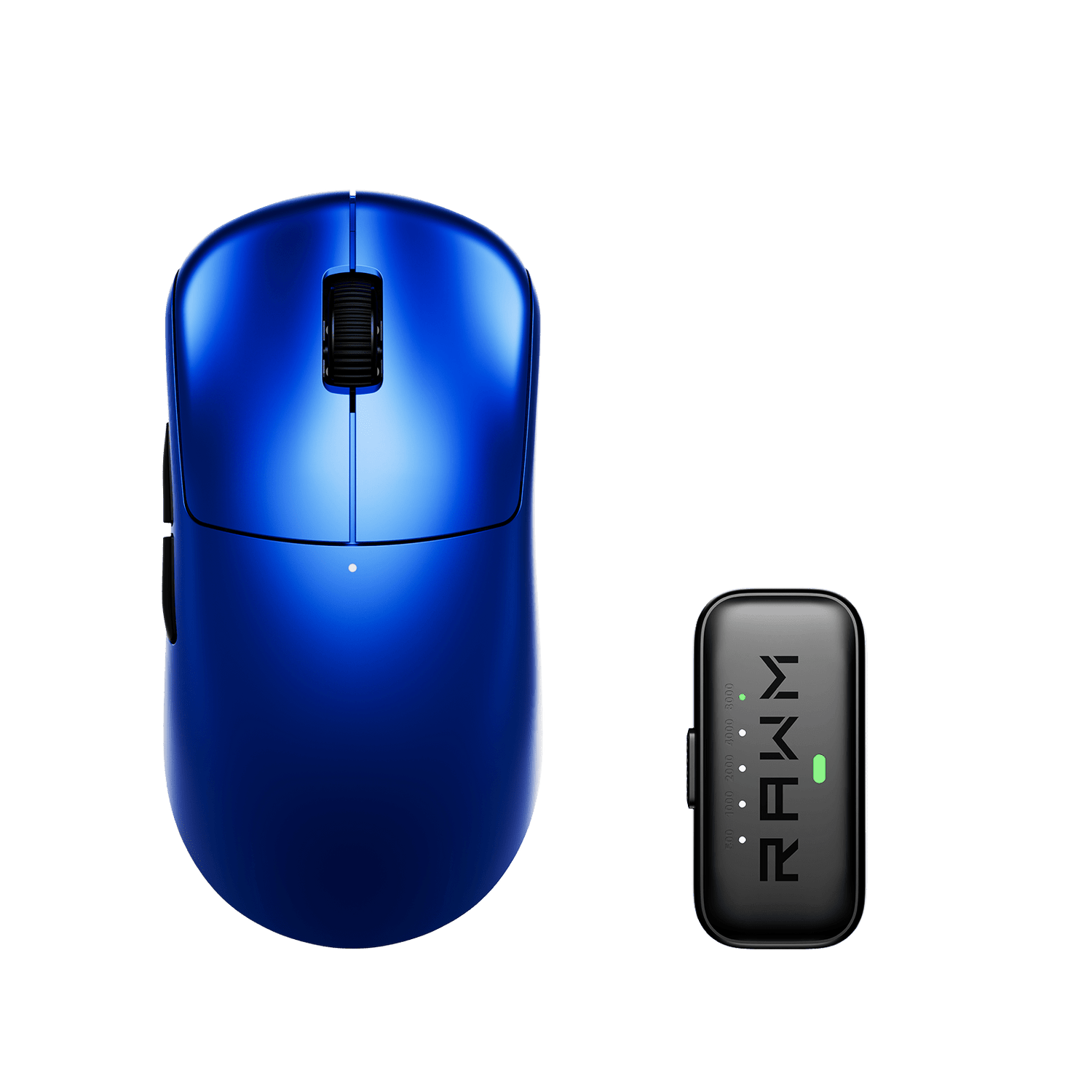
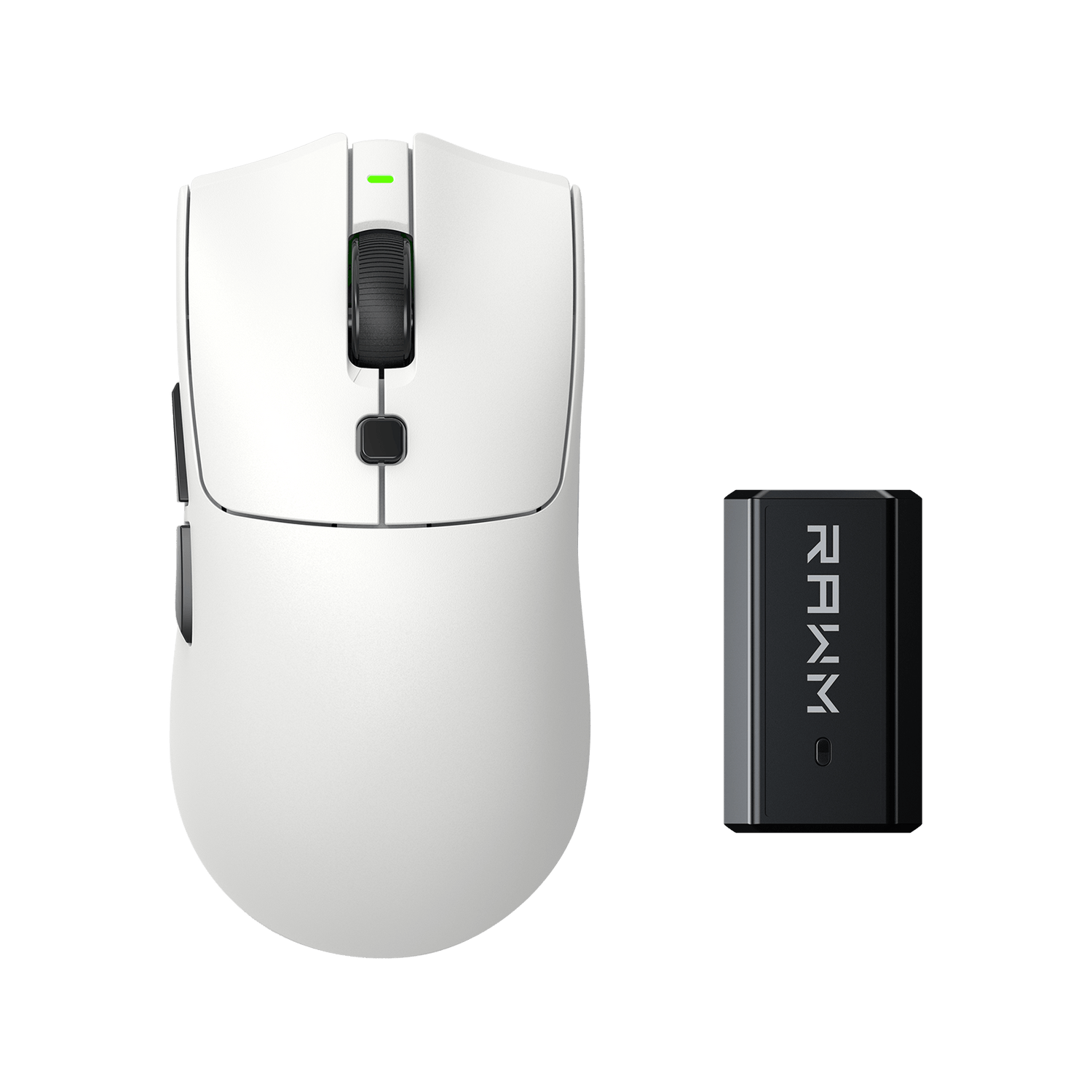
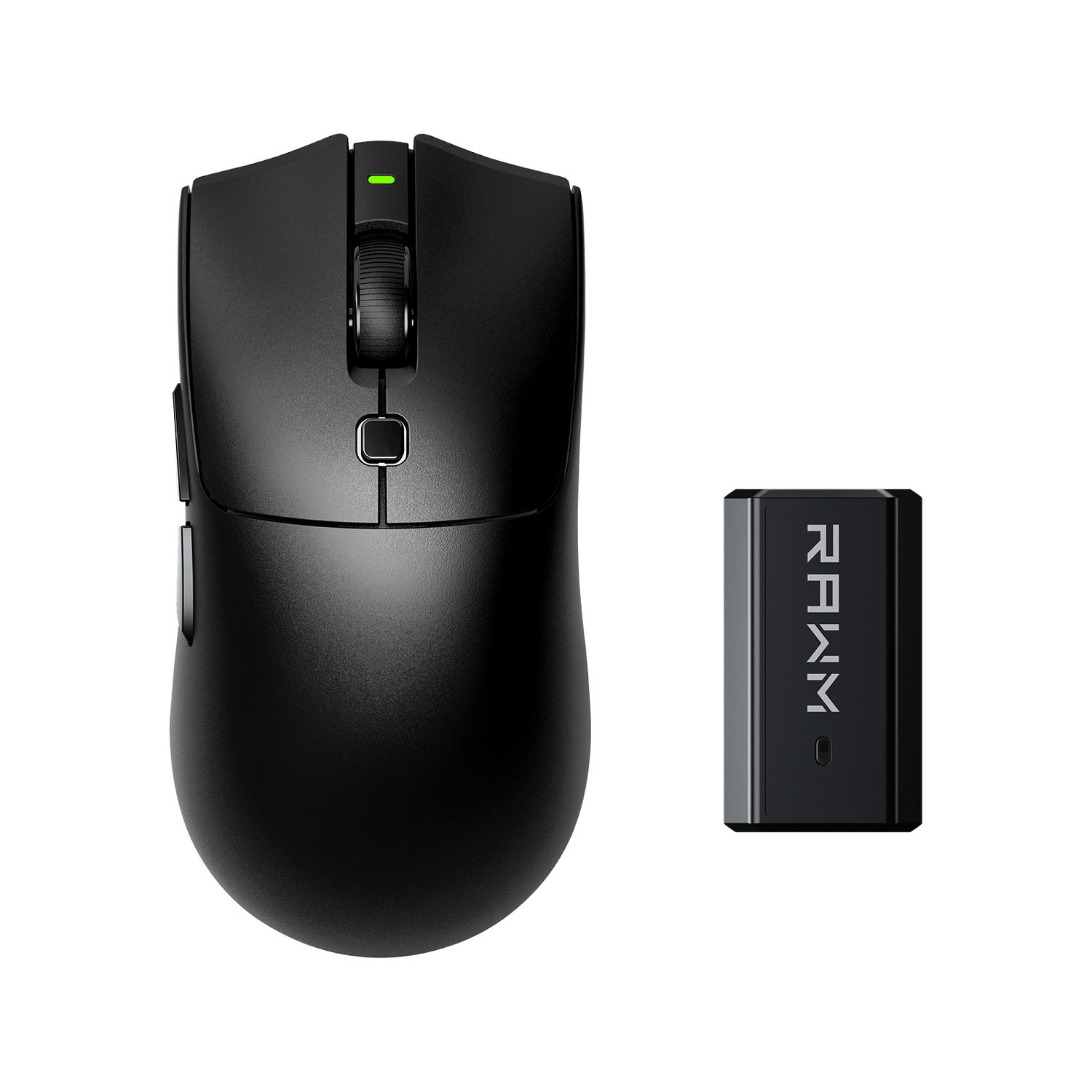
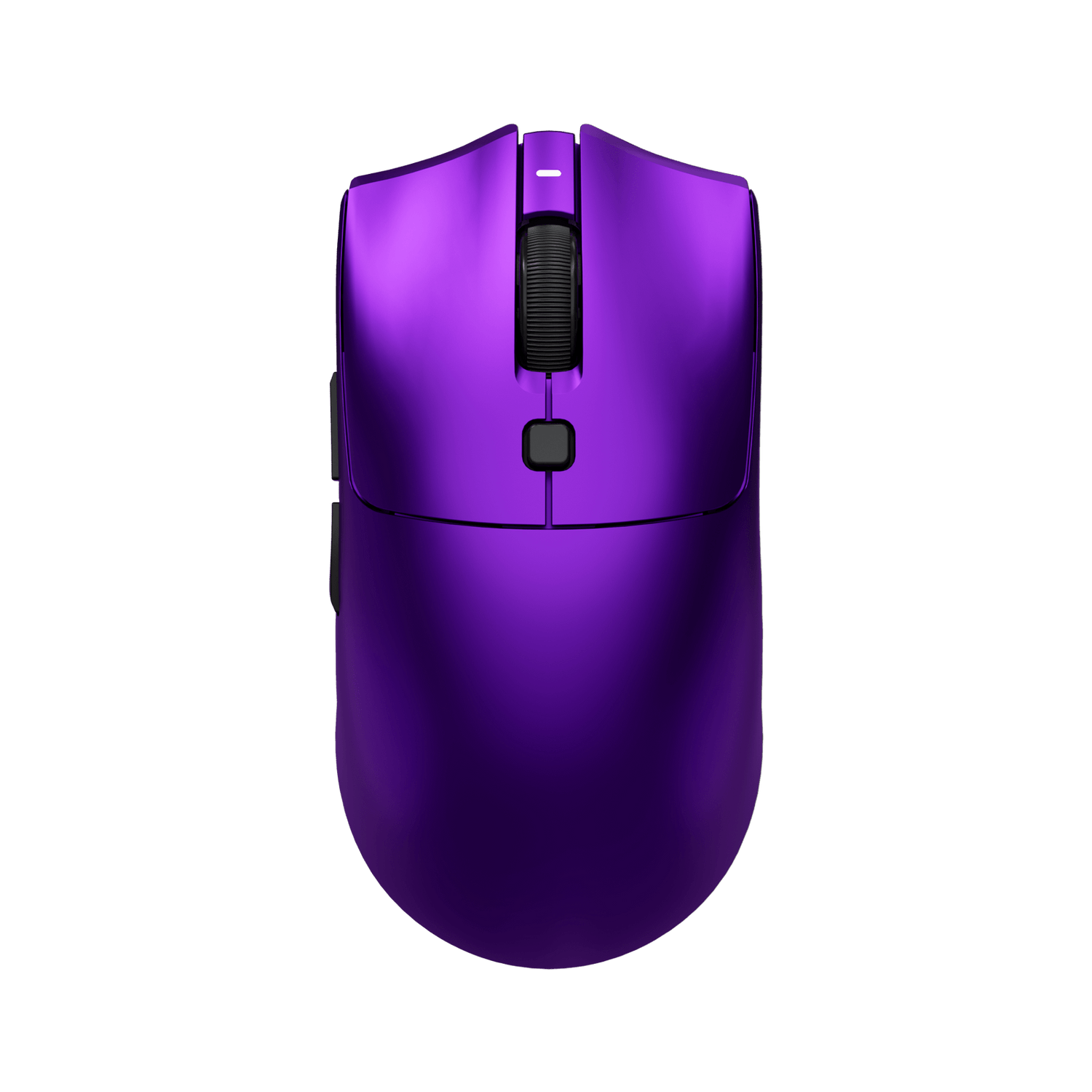
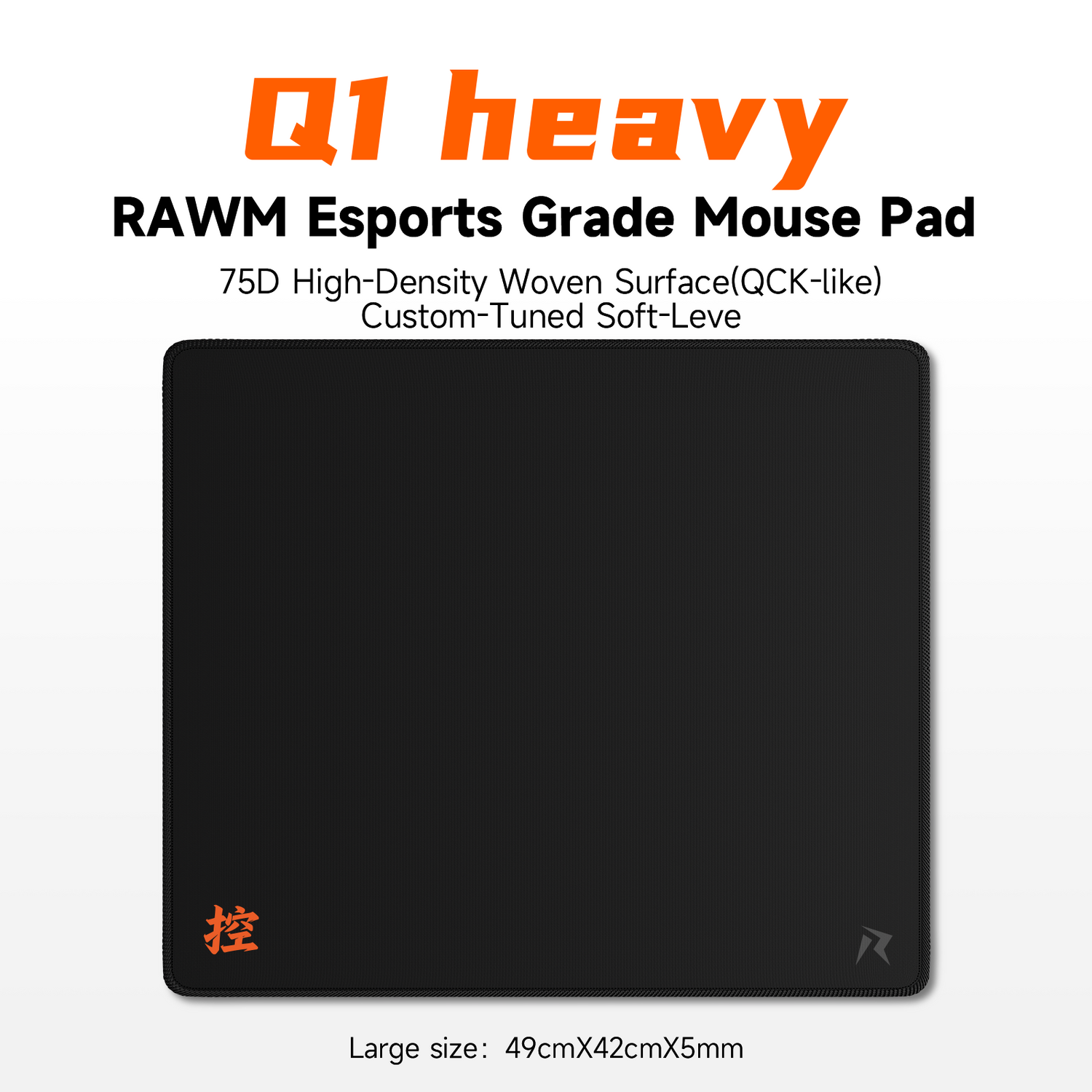
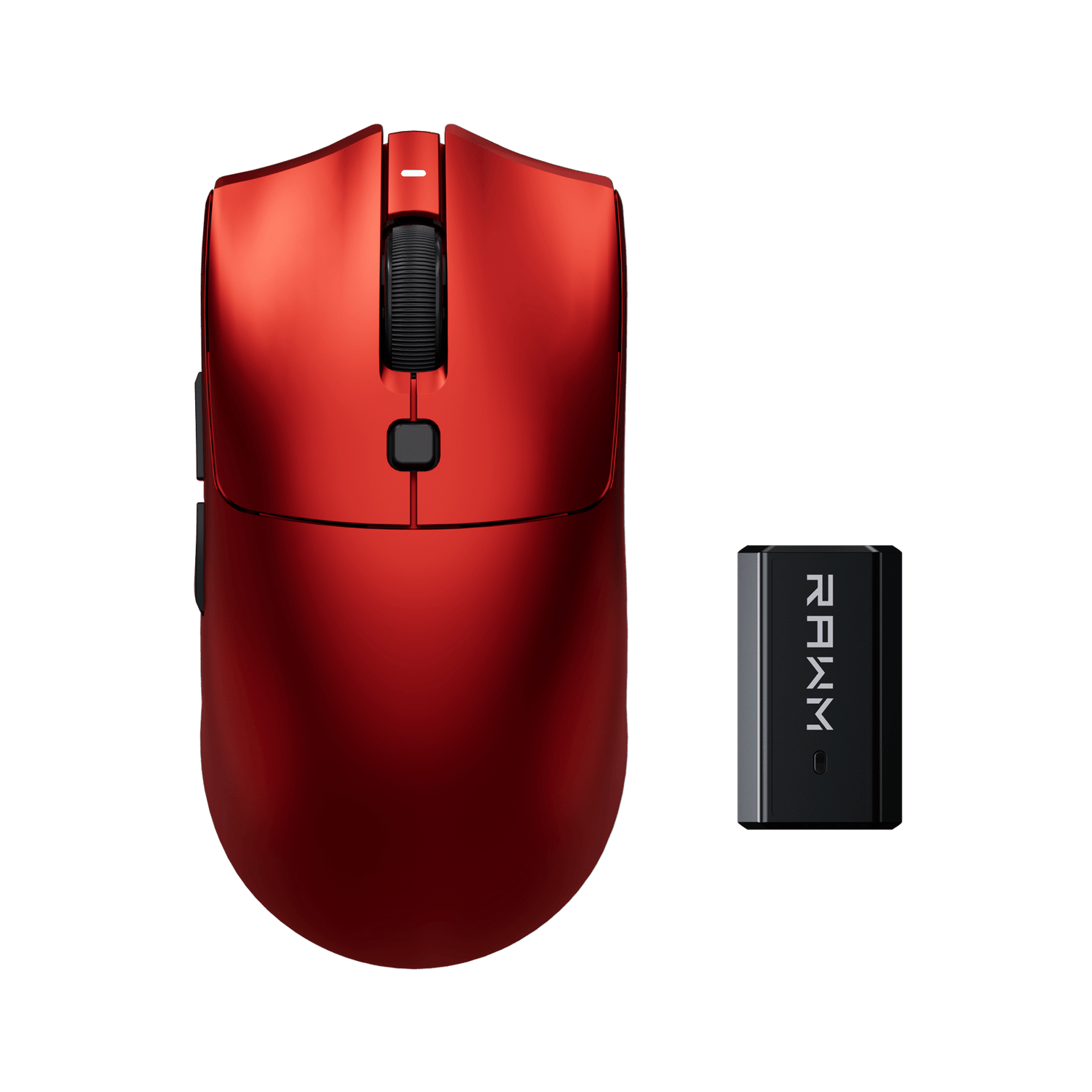
56 comentarios
I appreciate the breakdown!
I absolutely loved reading this blog post and learning about the internal components of a computer mouse! The component that I think is most important for my needs would be an optical switch, especially given how many hours I’m on my computer for most days. It’d be nice to have switches in my mouse that I didn’t have to worry about wearing out.
Wow. That is so much information. And so much I didn’t know at all.
Useful information.
Interesting article I didn’t know a lot of this!